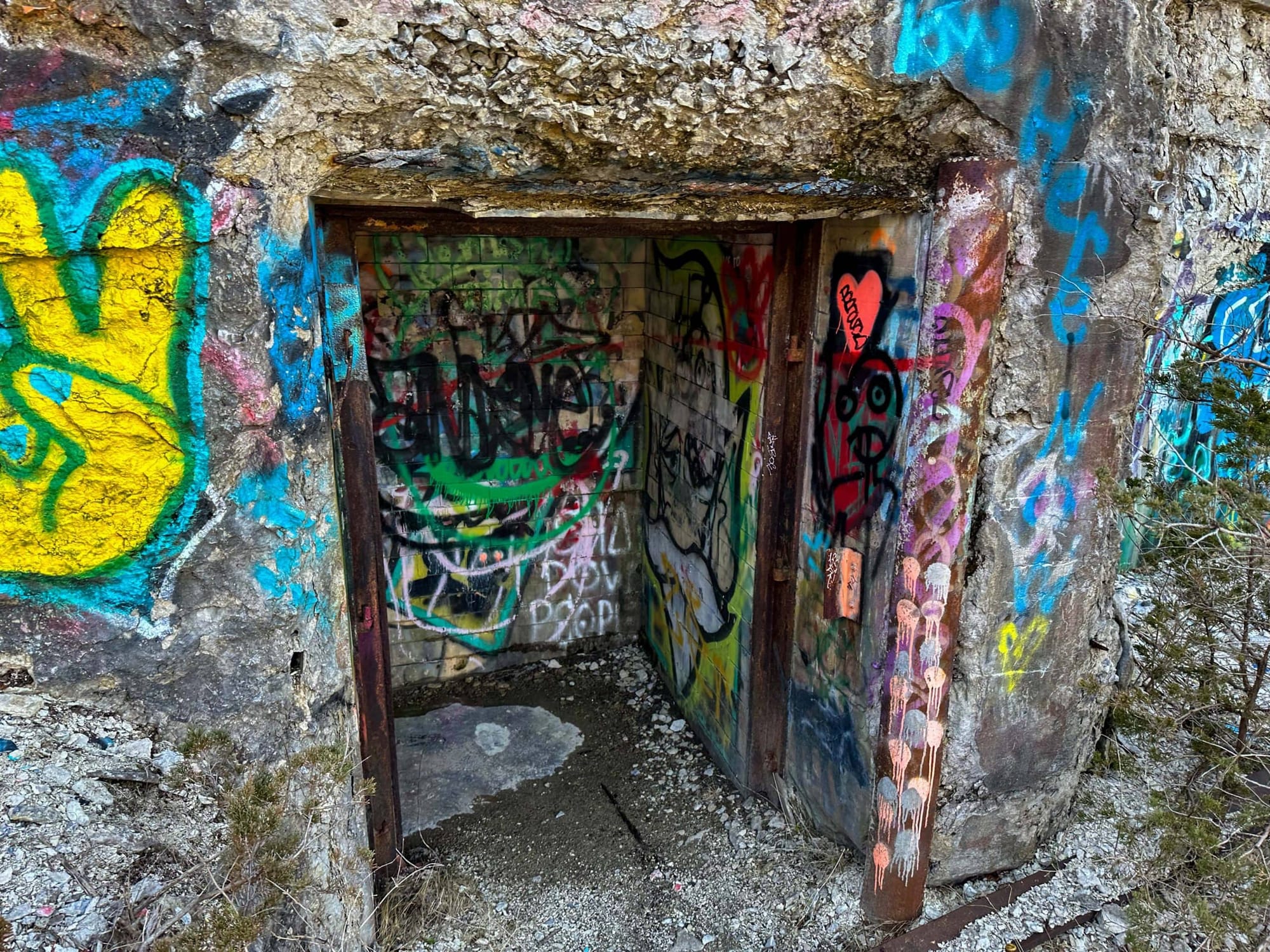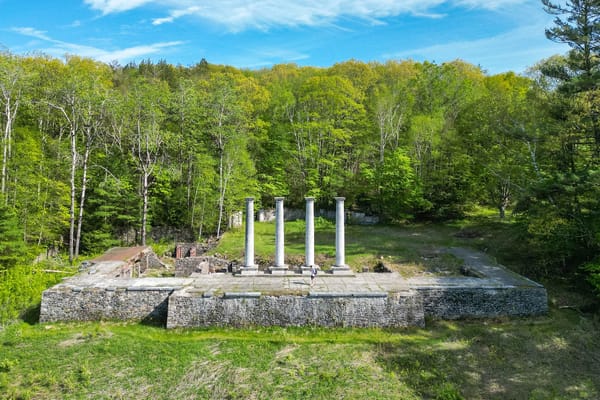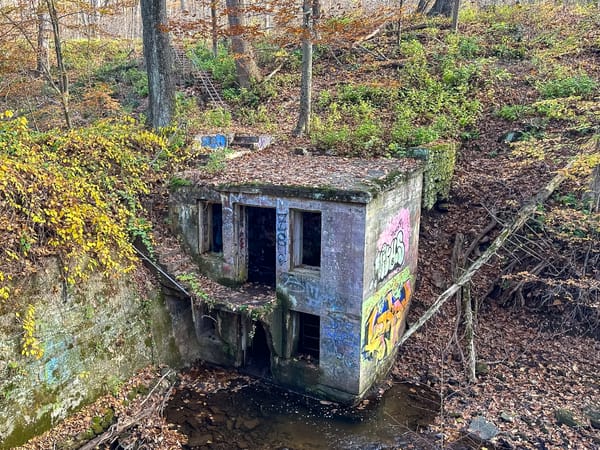Battery Walbach (Jamestown, RI)
Battery Walbach is a historic coastal gun battery in Jamestown, Rhode Island. It is now abandoned and stands in Fort Wetherill State Park.
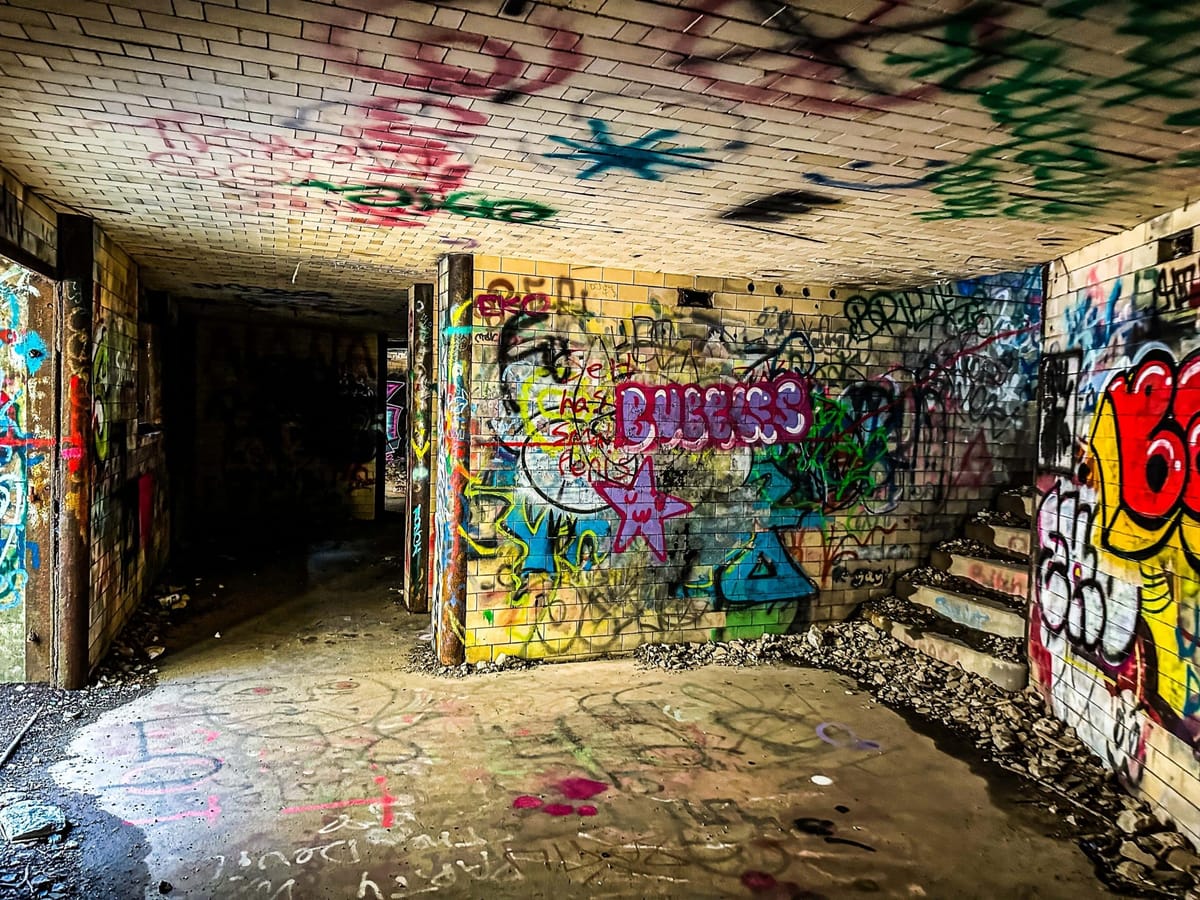
Hidden within the dramatic cliffs and wooded hills of Fort Wetherill State Park in Jamestown, Rhode Island, the abandoned Battery Walbach stands as a powerful reminder of America’s coastal defense history. Built in the early 1900s as part of the nationwide Endicott Period fortification program, this massive concrete gun battery once guarded the entrance to Narragansett Bay with three enormous 10-inch guns.
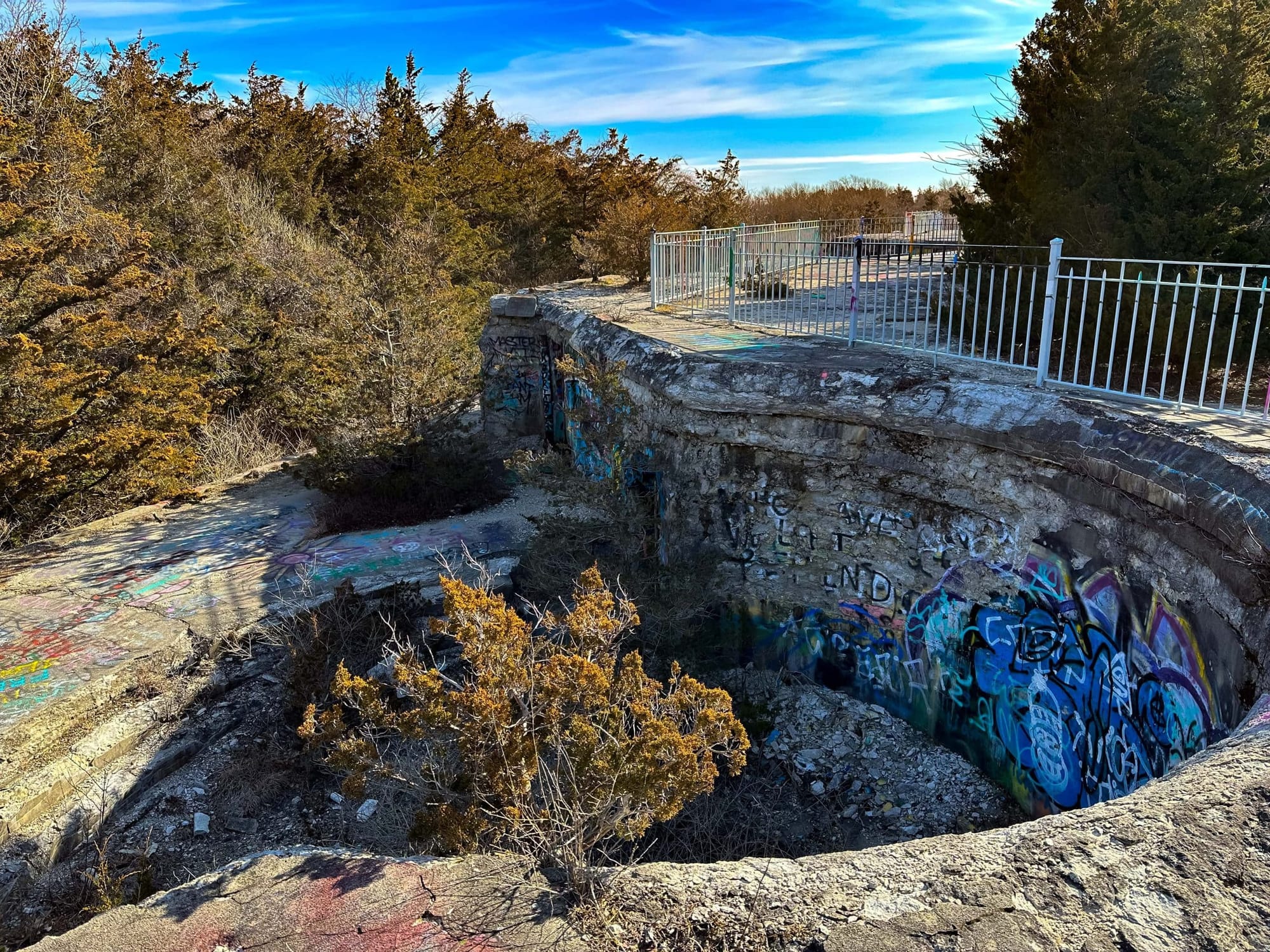
The Endicott Period and the Birth of Fort Wetherill
After the Civil War, America’s aging masonry forts were no match for modern steel warships. In 1885, the U.S. government established the Endicott Board, which recommended a sweeping modernization of coastal defenses across the country. Between 1890 and 1910, dozens of new fortifications were built—constructed from reinforced concrete and armed with powerful breech-loading guns designed to protect major harbors.
Fort Wetherill, officially established in 1900, became one of the key strongholds in the Harbor Defenses of Narragansett Bay. Its elevated position on the southeastern tip of Jamestown offered perfect coverage of the East Passage and Newport Harbor. Among the seven major batteries built there, Battery Walbach was one of the largest and most strategically important.

Construction and Armament
Construction on Battery Walbach began in May 1901 and was completed in June 1904. The Coast Artillery Corps officially placed it into service on May 7, 1908, after an investment of nearly $120,000—a substantial cost for its time.
- Armed with three 10-inch M1888MII guns
- Mounted on two M1896 Disappearing carriages and one M1901 Disappearing carriage
- Designed as a two-story structure, with guns on the upper level and three ammunition magazines below
- Equipped with storage vaults, shell trolleys, and a power link to Fort Wetherill’s electric plant
- Named for Colonel John Baptiste DeBarth Walbach, who served with distinction in the Revolutionary War, War of 1812, and Mexican-American War
When fired, the disappearing guns would recoil downward behind the parapet to reload, then rise back into firing position—shielding the crew from enemy fire.

World War I and World War II
As the United States entered World War I, the Army began dismantling coastal defenses to support the war in Europe. On July 24, 1917, the three guns at Battery Walbach were ordered dismounted for possible overseas use. Eventually, one of the guns was shipped to Fort Greble on nearby Dutch Island, while the other two were remounted at Walbach after the war.
By 1936, both remaining guns were transferred to Fort H.G. Wright on Fishers Island, New York, to strengthen defenses along Long Island Sound. This marked the beginning of the end for Battery Walbach.
During World War II, the structure was finally stripped of its remaining hardware. On November 4, 1942, the two M1896 disappearing carriages were destroyed as part of the first major wartime scrap drive, and Battery Walbach was abandoned.
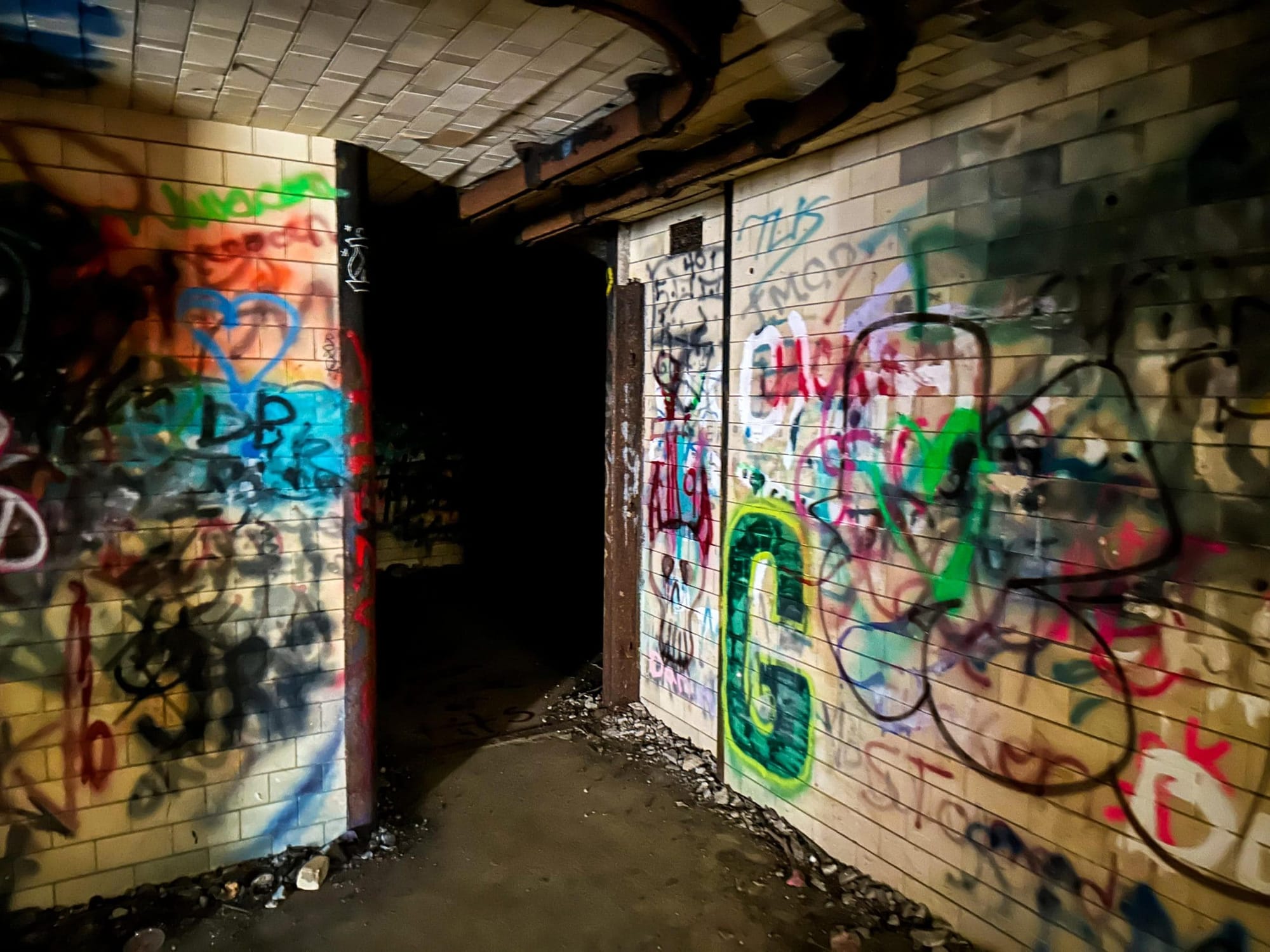
Battery Walbach Today
Today, Battery Walbach rests quietly within Fort Wetherill State Park, which opened to the public in 1972. It’s the westernmost gun battery in the park—part of a network of seven coastal batteries that once made Fort Wetherill one of the most heavily fortified sites in Rhode Island.
Visitors can walk around the top of the battery and explore its dark passageways and staircases. The once-orderly magazines and gun pits are now covered in graffiti and vines, creating a haunting yet fascinating atmosphere for history enthusiasts and photographers alike.
⚠️ As with all abandoned fort structures, exercise caution when exploring. Bring a flashlight, wear sturdy footwear, and watch your footing on uneven or slick surfaces.
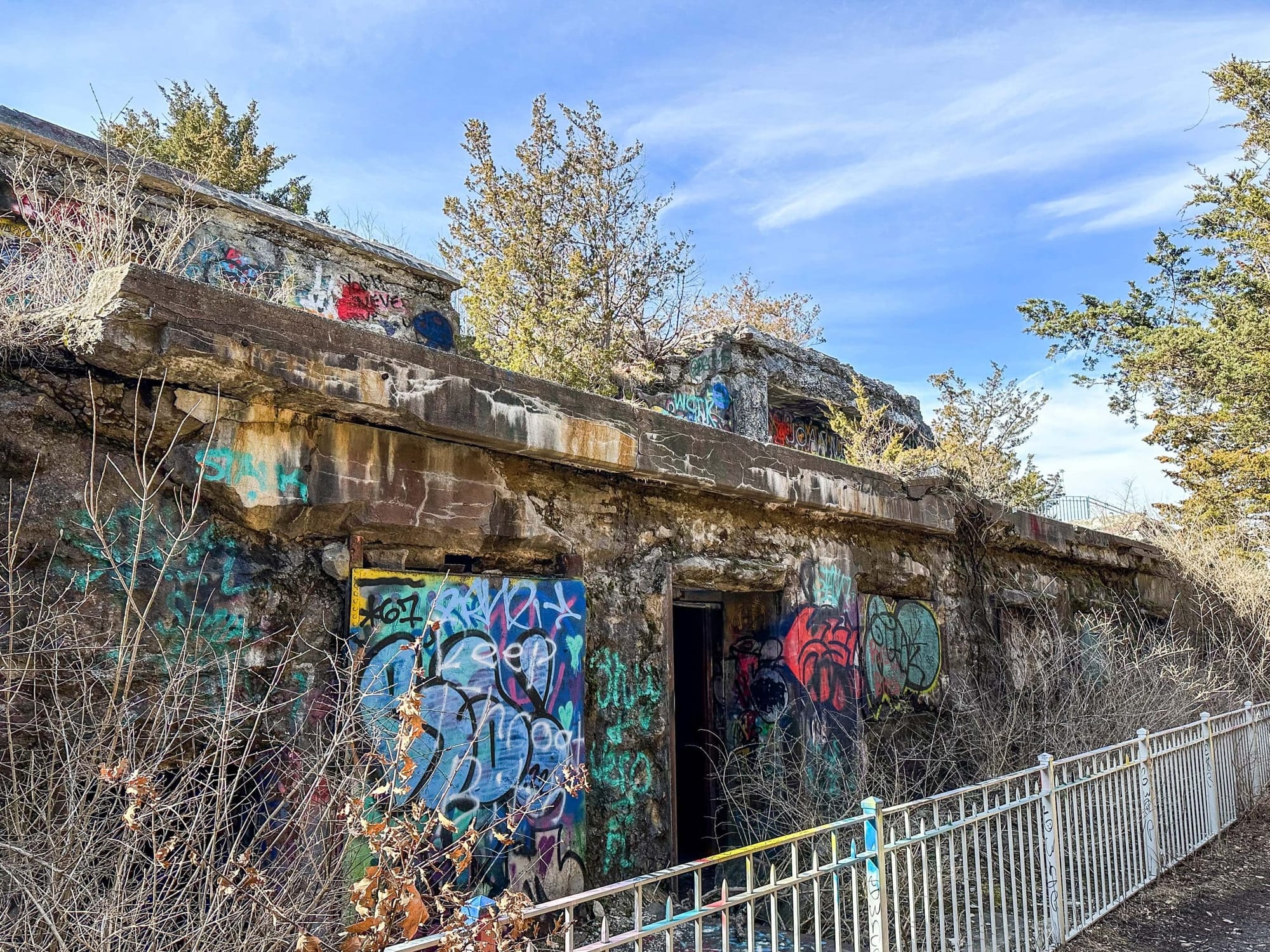
Visiting Information
- 📍 Address: Fort Wetherill Road, Jamestown, Rhode Island
- 🌐 GPS Coordinates: 41.478556, -71.368333
- 🅿️ Parking: Several lots with hundreds of free spaces along Fort Wetherill Road; the first parking area is closest to Battery Walbach
- 💰 Fees: Free year-round
- 🕰 Hours: Open daily from sunrise to sunset
- 🐾 Pets: Leashed dogs welcome throughout the park

Quick Facts
- 🏗 Construction: 1901 – 1904
- ⚙️ Operational Date: May 7, 1908
- 💣 Armament: Three 10-inch M1888MII guns on Disappearing carriages (two M1896, one M1901)
- ⚡ Power Source: Linked to Fort Wetherill’s emplacement power plant
- 🕰 Deactivated: 1942 (World War II scrap drive)
- 🎖 Named For: Colonel John Baptiste DeBarth Walbach
- 🏞 Current Status: Abandoned; part of Fort Wetherill State Park
- 🚶♂️ Access: Open to the public but unmaintained—explore with care
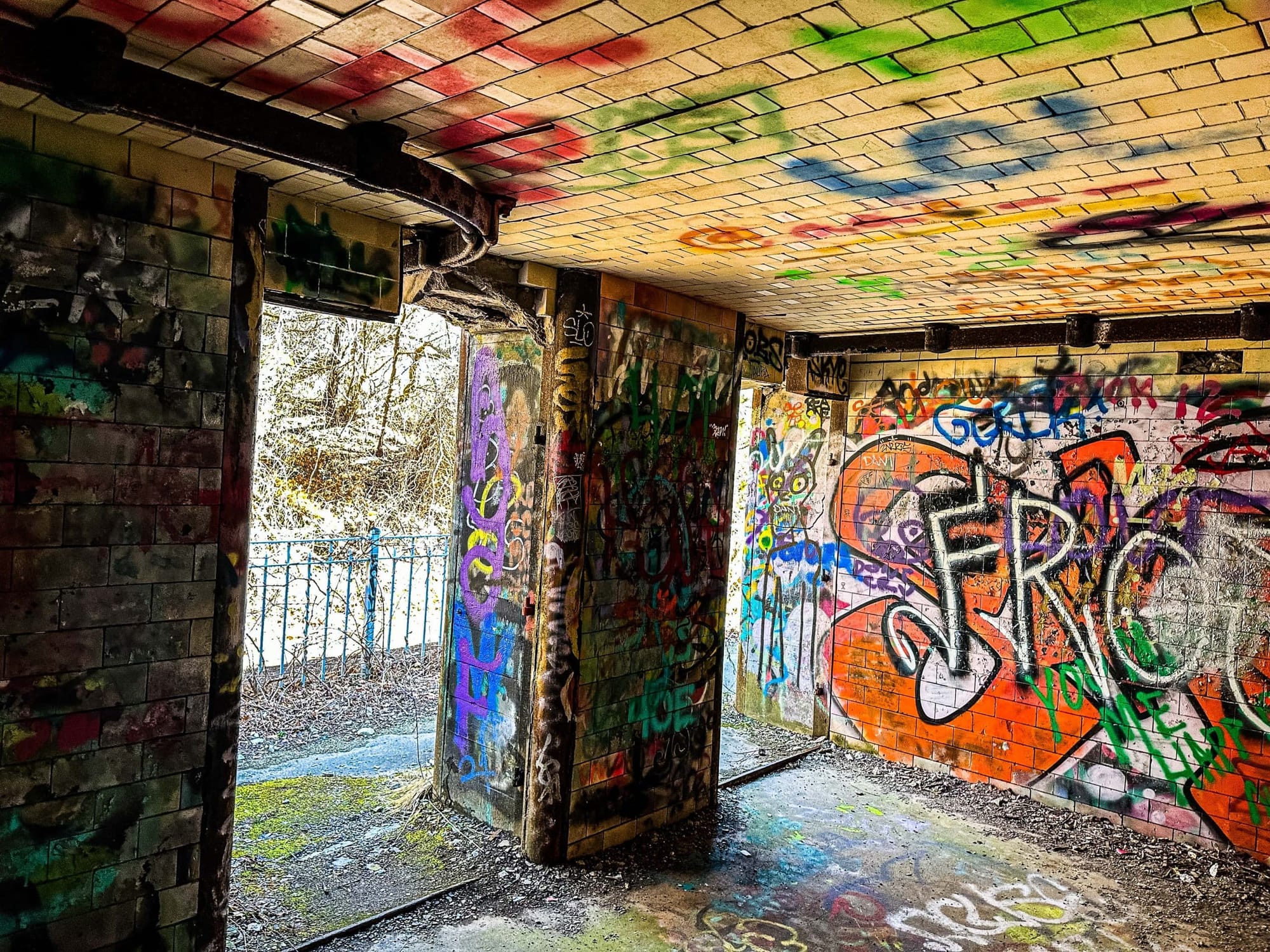
Final Thoughts
Battery Walbach remains one of the most striking and historically rich landmarks within Fort Wetherill State Park. Its size, unique three-gun layout, and connection to Rhode Island’s coastal defense network make it a must-see for anyone interested in military architecture or local history.
As you stand atop its weathered concrete overlooking Narragansett Bay, it’s easy to imagine the soldiers who once manned the guns—watching the horizon, ready to defend the coast. Though the weapons have long been silenced, Battery Walbach endures as a powerful reminder of America’s enduring maritime legacy.

